Hi there, pet lovers! 🦎💧
Looking for a pet lizard that seems to defy physics? The Green Basilisk (Basiliscus plumifrons), often called the “Jesus Christ Lizard” for its incredible ability to run on water, is one of the most fascinating reptiles in the hobby. With their stunning emerald-green coloration, sail-like crests, and dynamic behavior, they capture the imagination of reptile enthusiasts.
But are they the right pet for you? Unlike the low-maintenance Crested Gecko or Leopard Gecko, Green Basilisks require specialized care, ample space, and experienced handling. In this detailed review, we’ll explore everything you need to know—from their temperament and habitat needs to breeding challenges and long-term care.
Overview
Green Basilisks are medium-sized, arboreal lizards native to Central America, known for their vibrant colors, impressive crests, and lightning-fast speed. Here’s a quick summary of what makes them unique:
- Handling and Temperament: Skittish and fast-moving; not ideal for frequent handling.
- Care and Maintenance: High-maintenance, requiring large, humid enclosures with water features.
- Health and Durability: Sensitive to stress and poor conditions; captive-bred specimens fare better.
- Availability: Mostly wild-caught, but captive-bred options are increasing.
- Cost: Affordable to purchase, but expensive to set up properly.
Overall: A stunning but challenging pet lizard best suited for experienced keepers.

Why Choose a Green Basilisk?
Green Basilisks are mesmerizing display animals rather than cuddly pets. Their brilliant colors, active behavior, and unique water-running ability make them a jaw-dropping addition to any reptile collection. However, they are not for beginners—these lizards demand:
- Large, well-designed enclosures (at least 4ft x 2ft x 4ft).
- High humidity (70-80%) and clean water sources.
- UVB lighting and a varied diet.
- Minimal handling due to their nervous nature.
If you’re looking for a hands-off, visually stunning reptile and are willing to invest in proper care, the Green Basilisk might be for you.
Handling and Temperament
Personality and Behavior
Green Basilisks are extremely fast, alert, and easily stressed. Unlike docile species like Bearded Dragons, they rely on speed to escape threats—meaning they’re not ideal for frequent handling.
- Wild-caught vs. Captive-Bred:
- Wild-caught individuals are highly skittish and prone to stress-related health issues.
- Captive-bred basilisks (though rare) can be more relaxed with regular, gentle socialization.
- Handling Tips:
- Avoid chasing them—this increases stress and risk of injury.
- Support their body fully if lifting, as they may thrash or jump.
- Never grab the tail—it can detach (it can regrow, though it won’t look the same as before).
- Biting & Defense:
- Rarely bite, but sharp claws can scratch.
- May tail-whip if threatened.
Verdict: Best appreciated as a display animal rather than a hands-on pet.
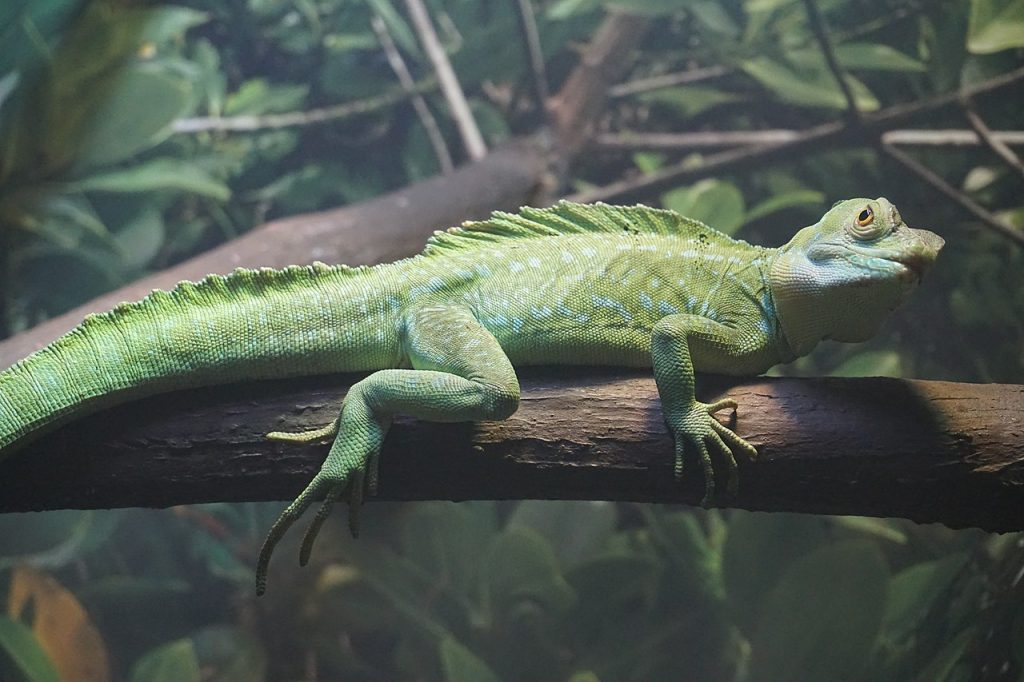
Care and Maintenance
Enclosure Setup
- Size: Minimum 4ft long x 2ft wide x 4ft tall for one adult.
- Climbing & Hiding:
- Vertical space with branches, vines, and foliage for climbing.
- Dense plants (live or artificial) for security.
- Substrate: Coconut fiber, cypress mulch, or bioactive soil (holds humidity well).
- Water Feature:
- Large, filtered water area (they love to swim and soak).
- Shallow edges for easy entry/exit.
Humidity & Temperature
- Humidity: 70-80% (mist twice daily; automatic misters help).
- Temperature:
- Basking spot: 90-95°F (under a heat lamp).
- Ambient temp: 75-85°F.
- Night drop: No lower than 70°F.
- Lighting:
- Strong UVB (10.0 or 12% tube) for 12 hours/day.
- Helps maintain vibrant colors and health.
Feeding
- Diet:
- Insects (60%): Crickets, dubia roaches, grasshoppers.
- Fruits/Veggies (40%): Mango, papaya, leafy greens.
- Supplements:
- Calcium + D3 (3x/week).
- Multivitamin (1x/week).
- Feeding Schedule: Daily for juveniles, every other day for adults.
Health and Durability
Common Health Issues
- Respiratory Infections (from low humidity or poor ventilation).
- Parasites (common in wild-caught specimens).
- Stress-Related Illness (due to improper handling/enclosure).
Preventative Care
- Quarantine new arrivals (especially wild-caught).
- Regular fecal checks for parasites.
- Maintain clean water to prevent bacterial infections.
Lifespan: 8-12 years in captivity (with optimal care).
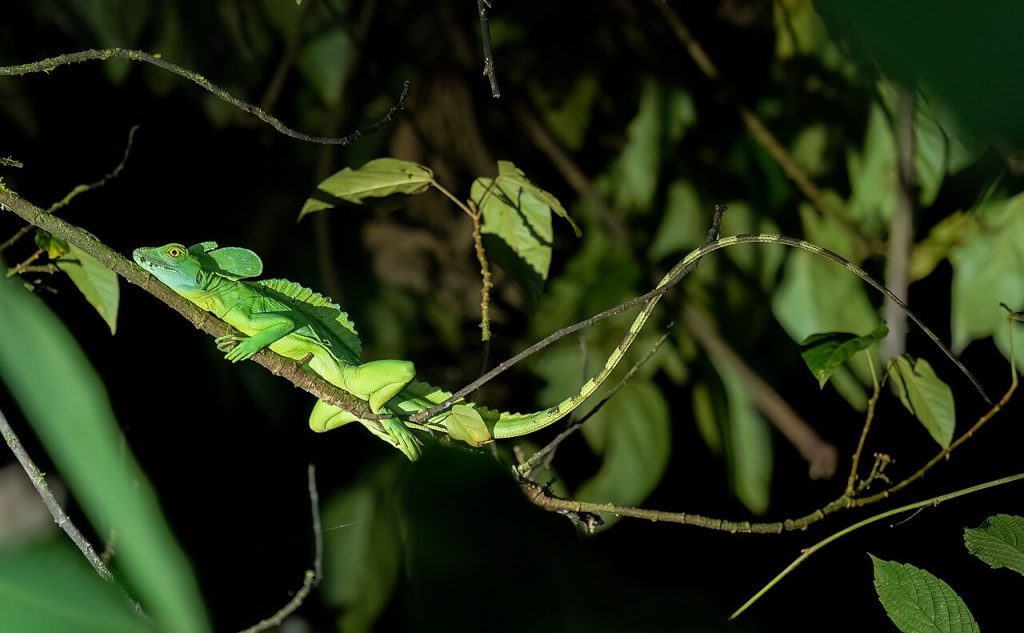
Availability and Cost
Where to Buy
- Captive-Bred Breeders (best option, but rare).
- Reptile Expos (sometimes have healthy specimens).
- Online Reptile Stores (research sellers carefully).
Cost Breakdown
- Lizard Price: $50 to $150 (wild-caught cheaper, captive-bred pricier).
- Enclosure Setup: $300 to $600+ (large terrarium, lighting, misting system).
- Ongoing Costs: $30 to $50/month (food, supplements, electricity).
Pros and Cons
Pros
✅ Stunning, exotic appearance (emerald green, sail-like crests).
✅ Active and entertaining to watch.
✅ Unique water-running ability.
✅ Long lifespan (8-12 years with proper care).
Cons
❌ Not handle-friendly (easily stressed).
❌ Expensive setup (large enclosure, UVB, humidity control).
❌ High-maintenance diet & care.
❌ Mostly wild-caught (health risks).
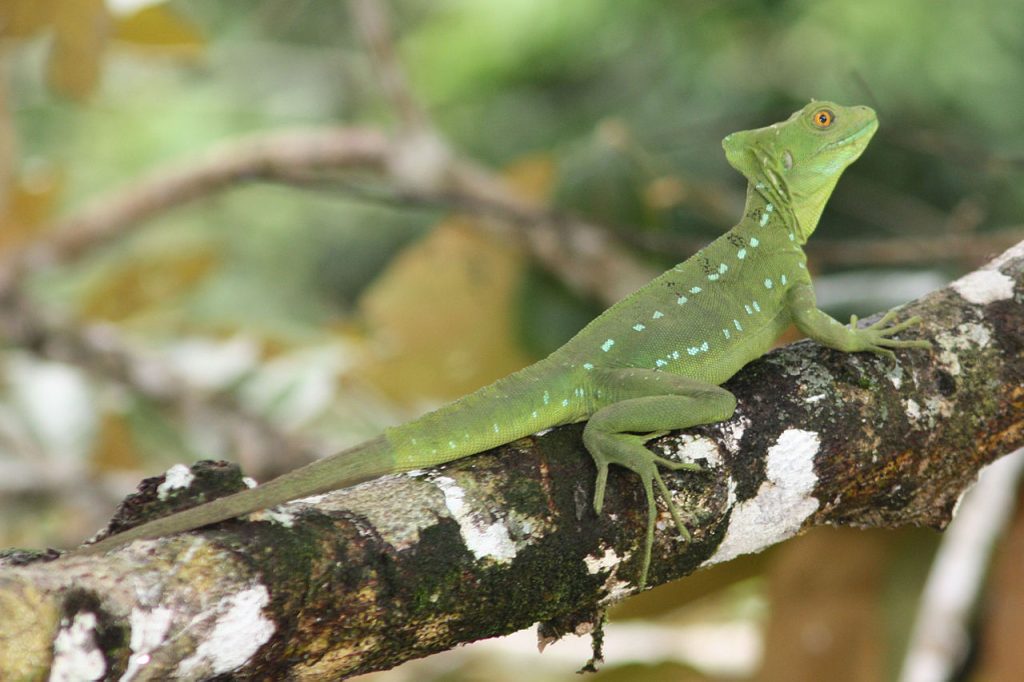
Final Thoughts
The Green Basilisk is a jaw-dropping reptile that brings a slice of the rainforest into your home. However, their high care requirements and skittish nature make them best suited for experienced keepers.
If you’re ready to provide a spacious, humid, well-lit enclosure and enjoy them as a display animal, they can be a rewarding pet. But if you want a handleable, low-maintenance lizard, species like Crested Geckos or Bearded Dragons may be better choices.
Have you kept a Green Basilisk? Share your experiences below! For more reptile care guides, stay tuned to our blog. 🦎💧




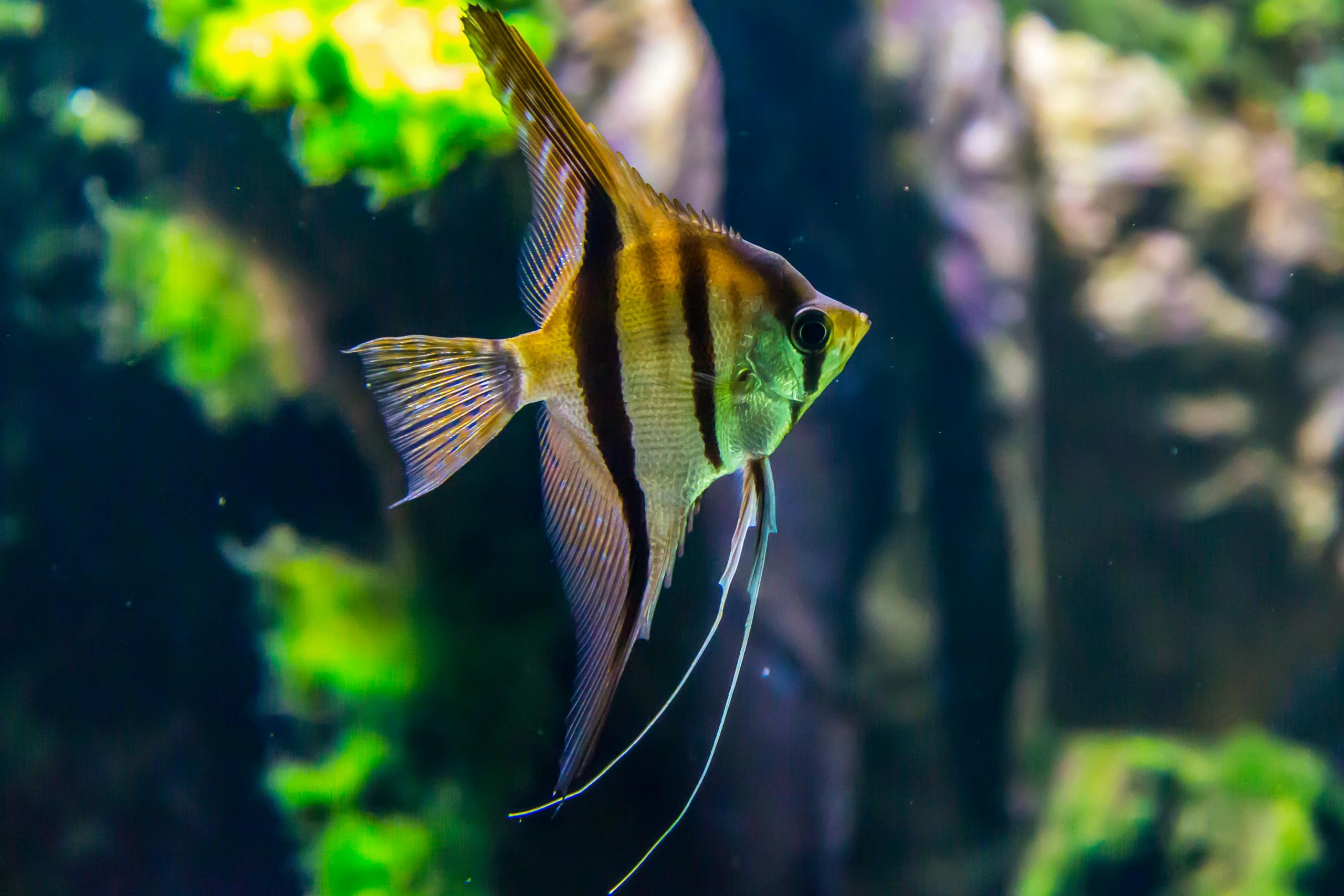
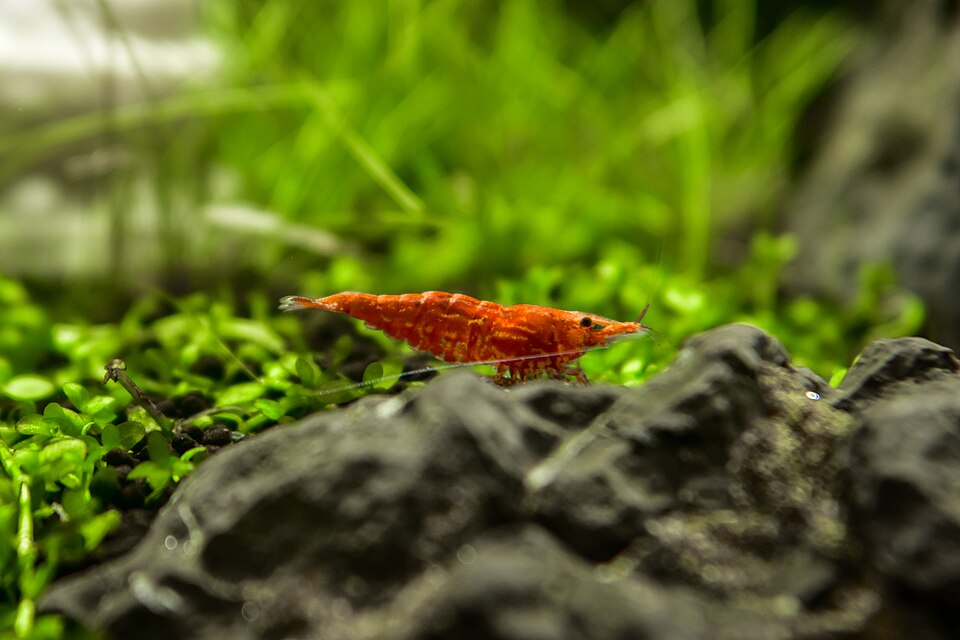

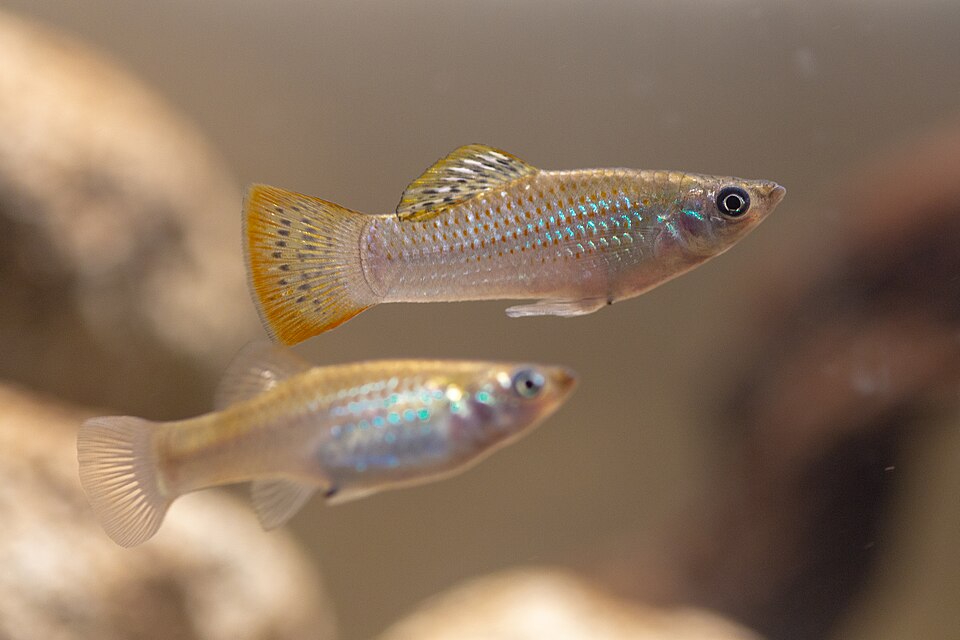
Leave a Reply